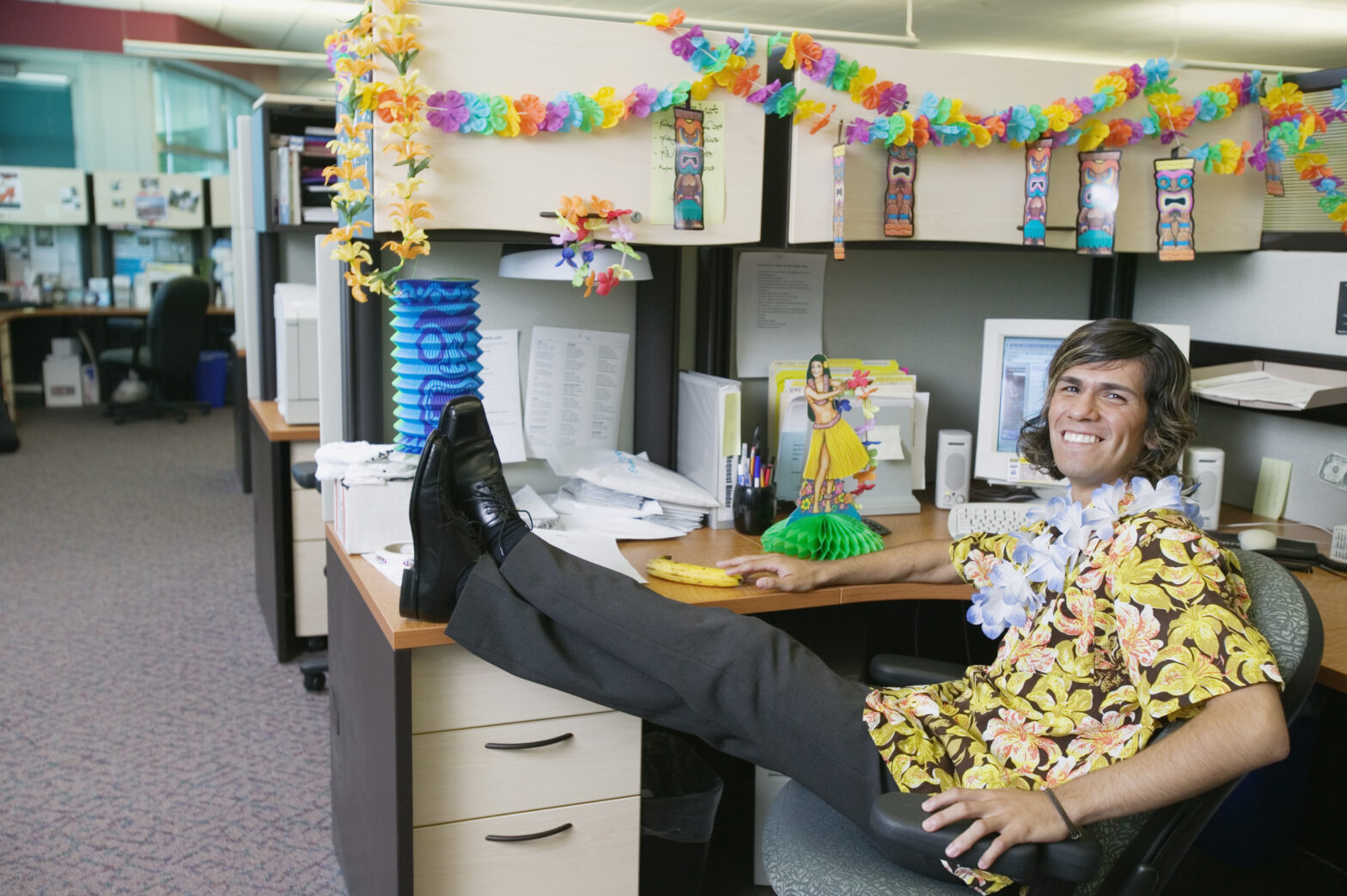A good leader should be focused, innovative, confident, open-minded, positive and a whole host of other things. While your personality can make up a large part of your identity as a boss, the working environment you preside over can also present a message to your staff – and visitors – as to the type of person and leader you are.
So, rather than attempting to make yourself more stoic or fretting over whether or not you have the requisite ‘wonkiness’ to succeed in business, why not check out our quick guide to office design and try and work out areas in which you can improve?
You don’t value your employees
>Problem
Are your office walls littered with photographs of you shaking hands and meeting with industry glitterati? Do you like to advertise the fact that you won your city’s businessman of the year two years running in the early noughties? While there’s nothing wrong with celebrating hard-earned success and personalising your company’s office space, if all the plaques and dedications only have one name etched on to them, your staff could soon start to resent the fact that all of their hard work is claimed by you.
Solution
Try to include photographs of everyone to foster that collective team spirit and to avoid being seen as a narcissist by any potential clients.
You’re consumed by your position
Problem
When holding a meeting, do you tend to sit stationary at your desk, listening to the contributions of others before doling out orders? If so, don’t be surprised that your staff see you as ‘the unfriendly boss’ rather than a collaborative colleague. Meetings in an old-fashioned-style boardroom, with the manager at the head of the table, tend to make people feel as though they are being interrogated.
Solution
Ditch the mahogany desk and opt for a more collaborative space, where you can walk around, where people can switch positions and you can all generally come up with better ideas!
You’re distant
Problem
If you have an office that is separate to that of your staff, it can be easy to neglect any ongoing issues that the ‘bullpen’ may face, since you are portrayed as a distant boss. A good example is a poorly-lit office. An office that encourages natural light into the building during the winter months while allowing the sun’s glare to be shut out during the summer is best for productivity and employee wellbeing, as your staff can get on with their work without constantly having to worry about not being able to see their computer monitor.
Solution
If staff are always complaining about light levels, show them that you are concerned about their working conditions by installing window shutters. These allow employees to easily control the amount of sunlight allowed into the office. You may even want to consider some for your own separate space!
You’re old fashioned
Problem
Your employees are crammed into a poorly-ventilated room, with partitions separating their desks and preventing them from conversing with each other – officially, this is for productivity reasons. If they want to escape the office to discuss a project with a colleague, they’ll have to stand on the doorstep in the cold outside – of course, they can’t be distracting others!
Solution
Get with the times! Introduce a communal space to encourage employees to meet up during breaks or even working hours to collaborate. Make your office truly open-plan and let staff know that, if they want to be shielded from the conversations of others, they can bring in headphones and listen to their own music at reasonable levels. You’ll soon see work levels soar and your own status as a modern, forward-thinking boss be cemented.
You’re too laid back
Problem
As a total opposite to the above, your office space contains a greater number of beanbags than office chairs, while you can regularly be seen navigating the corridors on your Segway…
Solution
Tone it down. A little personalisation is fine, depending on the industry you work in, but clients want to see a business they can trust, and staff need a leader they can respect. Unless your brand demands it, don’t come across as too relaxed.
Hopefully, the five problem/solution examples outlined above have helped you to realise how much your office design can communicate about your leadership. Emphasise your collaborative, good-natured, communicative, forward-thinking and focused values and see your reputation with staff soar by integrating our office redesign suggestions.






